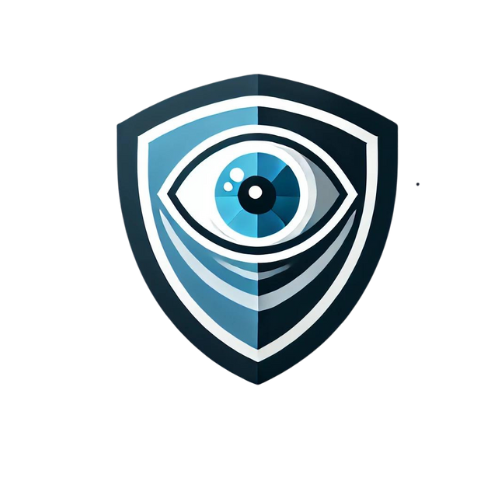How to Protect Yourself and Your Family from Scams and Fraud

In an increasingly digital world, the threat of scams and fraud is ever-present. Protecting yourself and your family requires a combination of awareness, proactive measures, and continuous vigilance. Below, we outline key steps you can take to safeguard your personal information, financial assets, and overall well-being from potential scammers.

1. Educate Yourself and Your Family
The first line of defense against scams is education. Understanding the types of scams and how they work can help you and your family recognize potential threats before they cause harm.
Steps to Take:
- Stay Informed: Regularly read articles, watch news reports, and follow reputable sources like ScamWatchHQ to stay updated on the latest scams.
- Teach Your Family: Share your knowledge with family members, including children and elderly relatives, who may be more vulnerable to scams. Discuss common scams like phishing, tech support fraud, and identity theft.
- Practice Online Safety: Encourage your family to be cautious when sharing personal information online, and discuss the importance of strong, unique passwords for each account.
2. Secure Your Digital Life
In today’s digital age, much of our personal information is stored online. Securing your digital life is crucial to protecting yourself from cybercriminals.
Steps to Take:
- Use Strong Passwords: Create strong, unique passwords for each account. Consider using a password manager to keep track of them securely.
- Enable Multi-Factor Authentication (MFA): MFA adds an extra layer of security to your accounts by requiring a second form of verification, such as a text message or authentication app.
- Be Cautious with Public Wi-Fi: Avoid accessing sensitive information, such as online banking, while connected to public Wi-Fi networks. Use a Virtual Private Network (VPN) for secure browsing.
- Update Your Software Regularly: Keep your operating system, apps, and antivirus software up to date with the latest security patches to protect against vulnerabilities.

3. Monitor Your Financial Accounts
Regularly monitoring your financial accounts is essential for detecting and responding to fraudulent activity quickly.
Steps to Take:
- Set Up Account Alerts: Enable alerts for your bank and credit card accounts to receive notifications of suspicious transactions or balance changes.
- Review Statements Regularly: Carefully review your bank and credit card statements each month to spot unauthorized charges or withdrawals.
- Check Your Credit Report: Review your credit report annually for any unusual activity, such as new accounts you didn’t open. In the U.S., you can access a free credit report from each of the three major credit bureaus once a year through AnnualCreditReport.com.
4. Protect Your Personal Information
Scammers often target personal information to commit identity theft. Taking steps to protect this information can reduce the risk.
Steps to Take:
- Shred Sensitive Documents: Before disposing of documents like bank statements, medical records, or bills, shred them to prevent dumpster divers from accessing your information.
- Limit Information Sharing: Be cautious about sharing personal information, such as your Social Security number, birthdate, or address, unless it’s absolutely necessary.
- Be Aware of Phishing Attempts: Don’t click on links or download attachments from unknown senders. Verify the sender’s identity by contacting them directly through official channels.
5. Safeguard Your Home
While many scams occur online, some happen right at your doorstep or through the mail. Protecting your home and your family is just as important.
Steps to Take:
- Install Security Measures: Consider installing security cameras, smart locks, and motion detectors to monitor your home’s perimeter.
- Verify Service Providers: If someone comes to your home claiming to be a service provider, ask for identification and verify their credentials with the company before allowing them inside.
- Be Cautious with Door-to-Door Sales: Scammers may pose as salespeople to gain access to your home or personal information. Don’t feel pressured to make on-the-spot decisions.

6. Report and Respond to Scams
If you suspect you’ve been targeted by a scam, it’s important to act quickly to minimize damage and prevent others from falling victim.
Steps to Take:
- Contact Your Financial Institutions: If you believe your financial information has been compromised, contact your bank or credit card company immediately to freeze accounts and stop unauthorized transactions.
- File a Report: Report the scam to relevant authorities, such as the Federal Trade Commission (FTC) in the U.S., your local consumer protection agency, or your country’s equivalent.
- Alert Credit Bureaus: If your identity has been stolen, place a fraud alert on your credit reports to prevent new accounts from being opened in your name.
- Educate Others: Share your experience with family and friends to warn them of the scam and help them avoid similar situations.
Conclusion
Protecting yourself and your family from scams requires a proactive approach. By staying informed, securing your digital and physical spaces, monitoring your financial accounts, and acting quickly if a scam occurs, you can significantly reduce the risk of falling victim to fraud. At ScamWatchHQ, we’re committed to providing you with the tools and knowledge you need to stay safe in a world full of potential threats. Explore our resources to learn more about how you can protect yourself and your loved ones.







